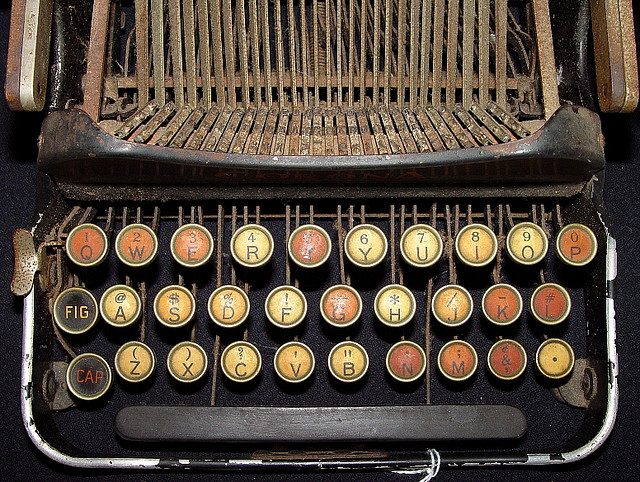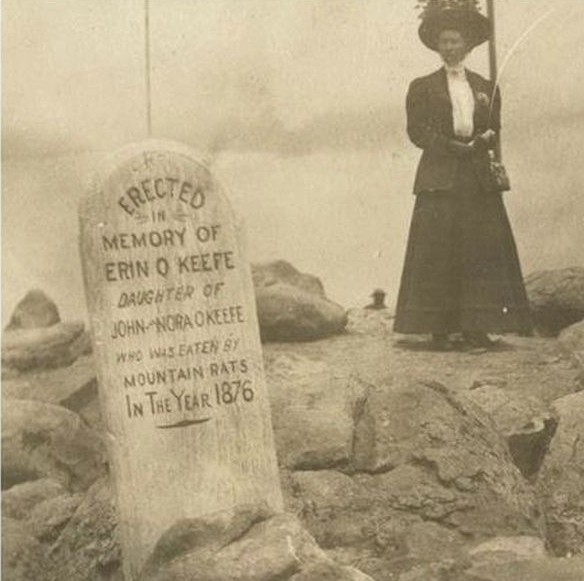What would it be like if the worst dream came true and climate change killed most of us, made the majority of the Earth uninhabitable? How would the relatively small band of survivors carry on should this ingenious machine we’ve built for ourselves no longer be sustainable? The opening of “Scorched Earth, 2200 A.D.,” Linda Marsa’s excellent Aeon speculation about life among the ruins:
Stare out the window from my tiny flat on the 300th floor, hermetically sealed in a soaring, climate-controlled high-rise, honeycombed with hundreds of dwellings just like mine, and survey the breathtaking vistas from my lofty perch more than half a mile above ground: the craftsman cottages with their well-tended lawns, the emerald green golf courses, the sun-washed aquamarine swimming pools and the multimillion-dollar mansions that hug the sweeping sands from Malibu to Palos Verdes. These images evoke feelings of deep nostalgia for a Los Angeles that doesn’t exist anymore, back in the halcyon days before my great-grandparents were born, when procreation wasn’t strictly regulated and billions of people roamed freely on Earth.
There are only about 500 million of us left, after the convulsive transformations caused by climate change severely diminished the planet’s carrying capacity, which is the maximum population size that the environment can sustain. Most of us now live in what the British scientist James Lovelock has called ‘lifeboats’ at the far reaches of the northern hemisphere, in places that were once Canada, China, Russia and the Scandinavian countries, shoehorned into cities created virtually overnight to accommodate the millions of desperate refugees where the climate remains marginally tolerable.
What I ‘see’ outside my window is an illusion, a soothing virtual imitation of a world that once was, summoned by impulses from my brain. Yet the harsh reality is unsettling. As far as the eye can see, what’s left of civilised society is sheathed in glass – the ribbons of highways ferrying the bullet trains that encircle megacities where millions cram into skyscrapers hundreds of stories high; the vast tracts of greenhouses covering chemically enhanced farms where fruits and vegetables are grown and livestock graze; and even the crowded subterranean villages artificially lit to mimic the experience of walking outside on a sunny, spring day.
Before the seismic shocks of the great upheavals, people’s movements were unfettered, and they could breathe unfiltered air, roam in the woods or simply watch their kids play soccer outdoors. Today, the unprotected strips of land exposed to the elements are forbidden zones, plagued by drenching rains with howling 100-mile-an-hour winds, alternating with fierce dust storms, the deadly soil tsunamis that rumble up from the deserts that blanket what used to be the United States. When there is a break in the wild weather, the scorching sun relentlessly cooks the atmosphere to temperatures of 180 degrees or more by midday, making it impossible to step outside without body armour and oxygen tanks.
Our political structures have shifted, too.•



